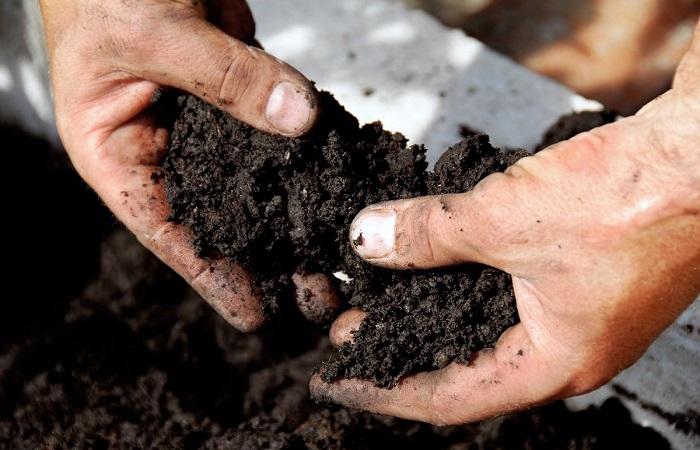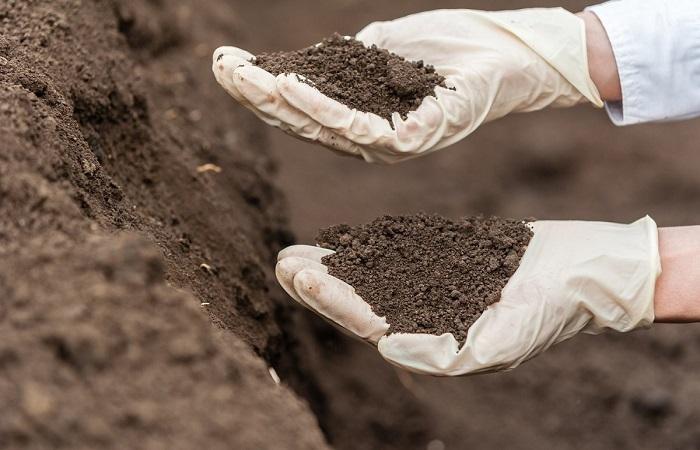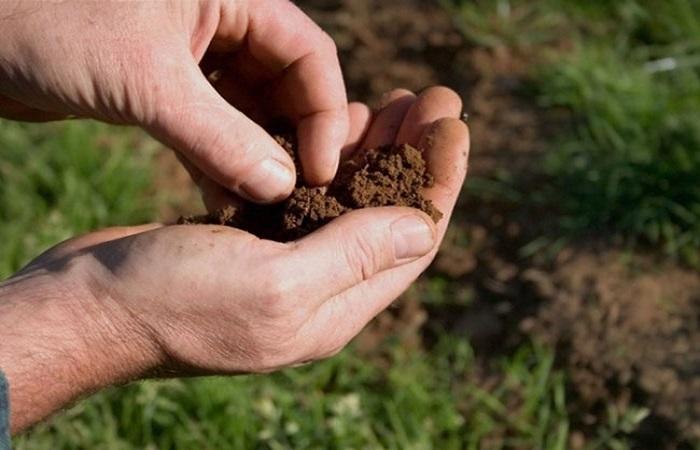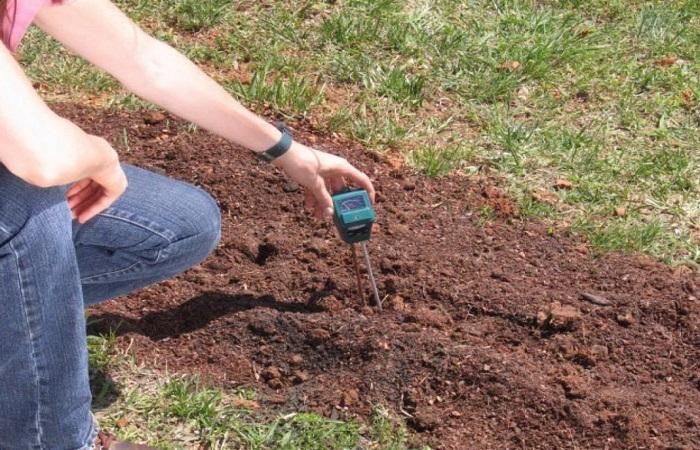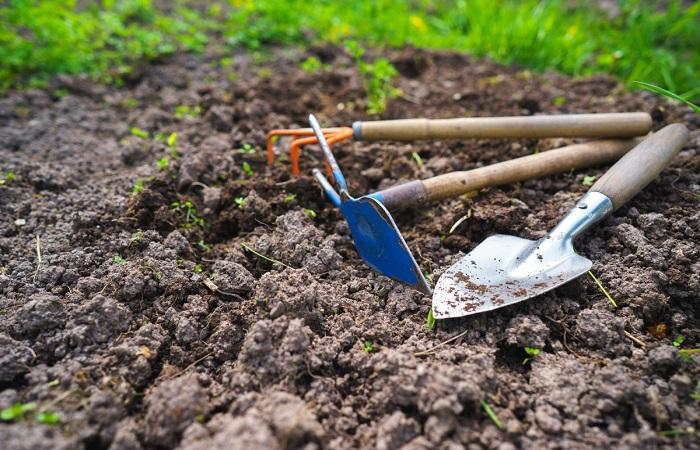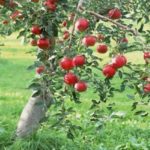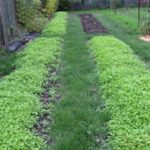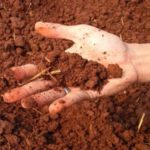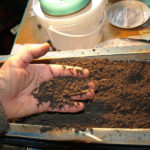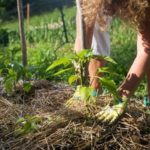Every gardener dreams of high-quality fertile soil on the plot, because the yield, the quality of the resulting vegetables, and the amount of labor invested depend on this. But not all gardeners know how to find out what kind of soil is on the site, how different soil compositions differ, and what acidity of garden soil will be optimal for planting. Let's discuss these important issues.
Why do you need to know this?
Knowledge about the type of fertile layer in a summer cottage, its composition, and acidity is necessary to determine what substances should be added in order for certain types of vegetables to grow.And also: how to arrange optimal watering for planting, what and in what quantity to add to the soil in order to make the soil breathable and increase the yield on the site.
How to test the soil at your dacha?
There are simple and effective ways to check the basic parameters of the soil in a summer cottage. To determine the type of soil you will need water, and the acidity level - litmus strips. They can be purchased at a pharmacy or garden center.
Type Definition
The types of land on the site differ in the amount of clay in the soil, depending on this they are divided into several subtypes:
- Lungs. The soil contains a lot of sand, it is not prone to clumping, and is easily water and breathable. This type includes sandy and sandy loam soils. Sandy loam soils are optimal for growing all types of vegetables. Such a fertile layer retains heat due to a small percentage of clay in the composition, while it is rich in oxygen and is able to retain the amount of moisture optimal for plants.
- Medium-heavy. They are called loamy, contain more clay than sandy loam, but are also convenient for cultivation.
- Heavy. These are clay varieties of the fertile layer. It quickly cakes and forms lumps, water is retained in it, and excessive watering can cause oversaturation of the soil with moisture. A crust easily forms on the surface of heavy clay soil, so it must be loosened.
To determine the type of soil in the area, roll up a small rope of damp soil and try to connect its ends to form a ring. If it is easy to obtain, the soil retains its plasticity - these are heavy clay soils.
Another way to determine the type of soil on a site: put a little soil in a glass of water and stir. With loamy soil, after some time the water will remain clear and sediment will fall out in a small layer. The presence of clean water and sediment from grains of sand - the area is sandy. If the water is cloudy, soil particles float on the surface - the soil is peaty. Heavy clay soils produce muddy water with little sediment.
Compound
The composition of high-quality land on a summer cottage, suitable for growing various types of vegetables, garden trees, flowers and lawn grass, should contain: sand, peat and organic matter, which is provided by rotted remains of plants, insects, bird and animal droppings.
The soil can be made more fertile by adding manure and humus to the soil, and periodically sowing green manure. The soil will become lighter if you mix clay soil with sand.
Acidity
To determine acidity, samples of the fertile layer are taken from a depth of 10-20 centimeters. It is necessary to take several samples from the entire area of the site. Each sample is tied into a knot made of several layers of gauze or thin linen, placed in a glass of water and shaken thoroughly for 1-2 minutes.
After this, a strip of litmus paper is placed into the solution. The paper will change color depending on the acidity level of the soil. The resulting shade is compared with the color scale on the package of litmus strips.
Acidic soils are not suitable for growing most vegetables in the country, so the acidity must be reduced by making the soil neutral.
How to quickly improve soil
The fastest way to make the land on your site more fertile is to bring in high-quality black soil. This type of soil, rich in organic matter, is characterized by a pronounced black tint and “oily” appearance. This composition is rare for most regions of Russia. Chernozem is brought from the Voronezh, Belgorod, and Lipetsk regions. High-quality soil is expensive for the consumer.
If the soil is clayey, add sand to it. This changes the type of soil, making it lighter and more permeable to oxygen. The earth stops cracking after rains and watering, and a crust does not form on it.
Acidity is reduced by liming the beds. Add a little slaked lime to the garden soil and use ash. Planting green manure will take longer, but their roots perfectly loosen the soil on the site, and plant remains are an excellent fertilizer. Oats, buckwheat, legumes and other fast-growing plant species are used as green manure.
In order for the site to be productive, it is necessary to carefully monitor the quality of the soil. You should not wait until the fertility of the land decreases; green manure can be sown every 2 years, organic matter is added every 3 years, sand is brought in if the clay content in the garden soil becomes more than 1/3. Knowledge about the soil and caring for the site will allow you to get excellent harvests, regardless of the initial composition of the soil.

